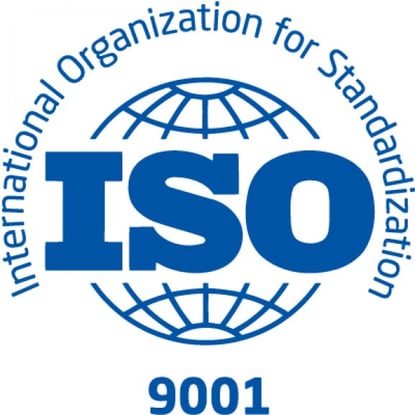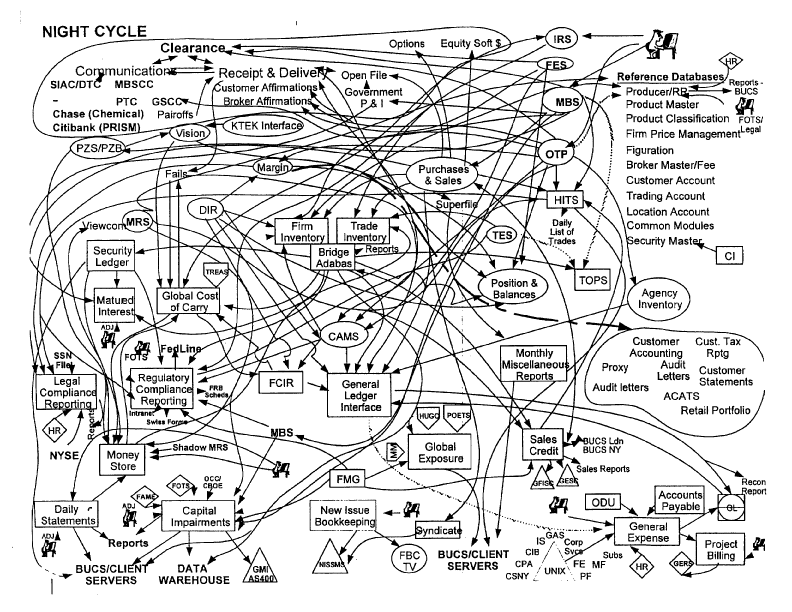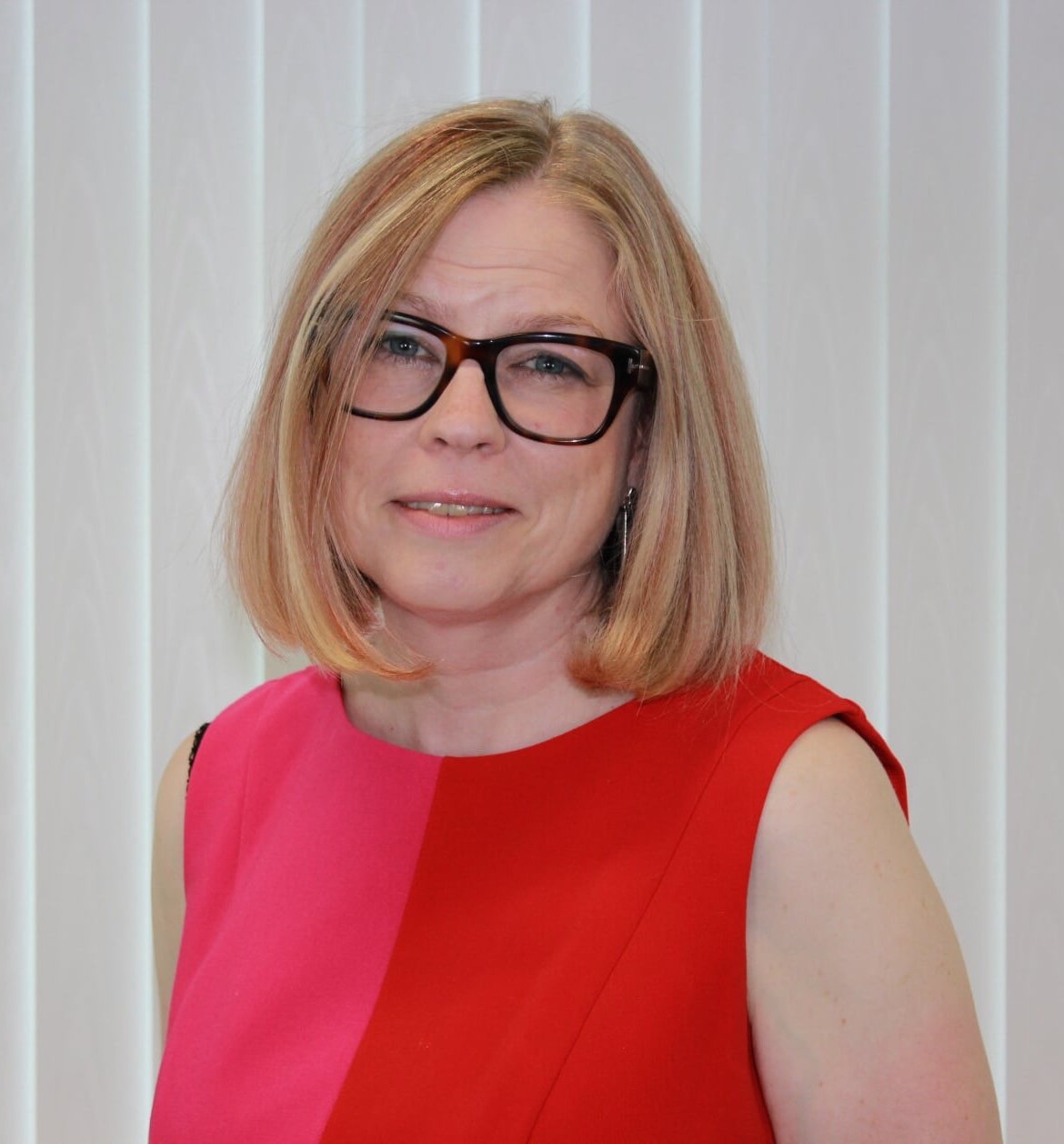Who implements process mapping? People who want to improve their organisations - it's as simple as that. If you are aiming for business improvement it's important to remember that optimising what you already do, can have a much larger impact than just about anything else. Which is why effective business process mapping is such a valuable a skill.
So what is process mapping, who does it and why use it?
To answer this question this article will cover:
- What is a Process?
- What is Process Mapping?
- Why Use Process Mapping?
- Who Maps Processes?
- What are the Reasons for Getting Started?
- Who Should do the Mapping?
- How do I get Started?
Let's start from the beginning...
What is a Process?
A process is a series of actions taken to achieve a particular end. A process transforms inputs into outputs. For example, a process is the mechanism by which raw materials are converted into products; so baking a cake will involve taking various ingredients (inputs) and producing the cake (output) using the recipe (process). For more on this please read: What is a Process? And who Cares Anyway?

What is Process Mapping?
In a nutshell, process mapping is an exercise to identify all the steps and decisions of an existing process in diagrammatic form, which helps organisations identify improvement opportunities so that they can improve efficiency within an organisation.
More specifically, process mapping:
- Describes the flow of materials, information and documents
- Shows the various tasks contained within the process
- Clearly shows that the tasks transform inputs into outputs
- Indicates the decisions that need to be made along the chain
- Demonstrates the essential inter-relationships and interdependence between the process steps; and reminds us that the strength of a chain depends upon its weakest link
Why Use Process Mapping?
The core reason for mapping out your processes is that those organisations that perform the transformation of inputs into outputs (their processes) well, generally manage to meet or exceed customer expectation. And those that do it best are invariably the most successful.
The following extract from The Crown Prosecution Service guide to Process Mapping summarises the reasons to process map very succinctly:
- Making system changes without truly understanding how the process is working today, and why, can lead to costly mistakes. It can also create conditions that make it difficult for staff to work effectively, and often creates further problems.
- If you do not measure a process, you will not be able to manage it effectively and if you cannot manage a process, you cannot improve it.
- It has been estimated that people working in organisations can waste about 15 – 20% of their time by re-doing things that are wrong, chasing outcomes without results, querying incomplete instructions, doing other people’s jobs and so on. This figure has been confirmed to varying degrees for all grades within CPS.
- Clearly defining processes enables us to identify problem areas such as bottlenecks, capacity issues, delays or waste. Once identified, this knowledge provides a solid basis from which to develop solutions and introduce and plan new improved processes.
- Process mapping enables an organisation to:
Who Maps Processes?
In short, it is safe to say that all organisations with reasonably complex processes can benefit from process mapping because a process map captures an existing process and when a process is captured, improvement opportunities can be clarified.
Certain industries such as engineering, traditionally think in process terms and therefore are more likely to map their processes than other industries such as health and education.
However as, for example, the education sector needs to focus more and more on meeting and exceeding the expectations of their customers (students), more educational organisations are process mapping too.
What are the Reasons for Getting Started?
One of the most common drivers for organisations to start process improvement is to achieve a standards accreditation, often both general quality standards, for example ISO and TickIT, and also industry specific accreditations such as AS9100 (aerospace management).

Other common drivers are:
- Adherence to a best practice model (EFQM Excellence Model)
- To ensure compliance to Health, Safety and Environment requirements and policies
- To introduce a process awareness/culture across the organisation
- To support training and induction
- To eliminate a single point of failure
- To support restructure of the organisation
- To enable business transformation or change
- To enable return to business-as-usual following a merger or acquisition
- In order to implement Lean or continual improvement
- To deliver on cost saving initiatives
- To support business and IT alignment
- To ensure knowledge retention
- For process control
- For risk management
- As a mechanism for increasing revenue
- As a mechanism for reducing waste
- As a mechanism for improving quality
This is by no means an exhaustive list.
Who Should do the Mapping?
The mapping of business processes is usually undertaken by a centralised team, responsible for the entirety of describing all processes.
They work with the subject matter experts from around the business and capture their knowledge of the process and document it as a process map.
The skills needed to process map effectively as set out in the article: Process Mapping: 5 Key skills you need to have
A further requirement of effective process mapping is to involve as many employees as possible in workshops to capture their processes. With their involvement in mapping their processes, employees feel ownership for them and achieving your end objective, or key driver becomes much easier.
How do I get Started?
There are masses of Process Mapping software tools available, but the key thing is to choose one that is both simple to use and delivers process maps that are useful to a widespread, non-specialist workforce. Too many process maps are incredibly complicated and don't therefore add much (if any) value.

Triaster has developed both a methodology and a software tool to enable businesses to easily capture simple, comprehensible process maps, that are also sufficiently detailed to enable the identification and analysis of performance improvement opportunities.

The methodology is the Noun-Verb process mapping methodology which works perfectly with our Process Library which has drag and drop process mapping shapes to create simple, easy-to-understand process diagrams - the most effective way to capture what everyone should be doing.
For anyone looking to capture their business processes, there is no better place to start than our Process Library Free Plan.
Related Articles:
What are the Best Practices for Process Mapping?
3 Common Business Process Mapping Mistakes (and How to Avoid Them)
The Top 10 Benefits of Process Mapping
Related White Papers:
The Ultimate Guide to Business Process Mapping
This is an updated and refreshed edition of an article originally written in 2018.
Written by Emma Harris
Emma was Operations Director for Triaster for nearly 20 years, during which time as well as learning and perfecting her BPM and process improvement skills, she honed her inbound marketing expertise. She now runs D2e - Designed to engage - which designs and develops bespoke, engaging, HubSpot CMS websites, that help your entire company to grow and scale. She is delighted to still be delivering Triaster's marketing, whilst also helping other companies turn their websites into their hardest working asset.




